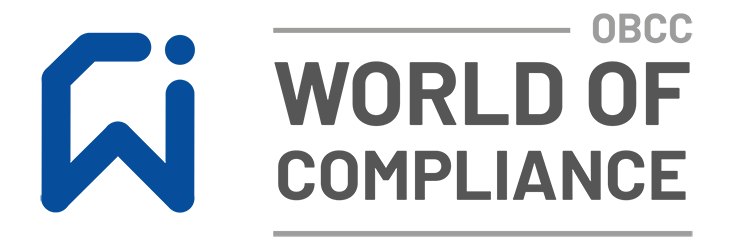PNA - What is it at other providers, what can it be - at OB//CC World of Compliance?
A PNA system is a "personal emergency signaling system" designed especially for lone workers - people without close or direct contact with other people while on duty. However, a PNA system can also be more than that, because the mere fact that people are present in no way guarantees that they will notice an emergency in time and, above all, assess it correctly.
PNA systems, or lone worker protection systems, are used for two reasons: either because the task in question requires a protection system in accordance with DIN VDE V 0825:1 or DIN VDE 0825:11, or because the employer simply wants to be sure that nothing happens to his employees. Or because they want to ensure that they receive the fastest and best possible help if the worst comes to the worst.
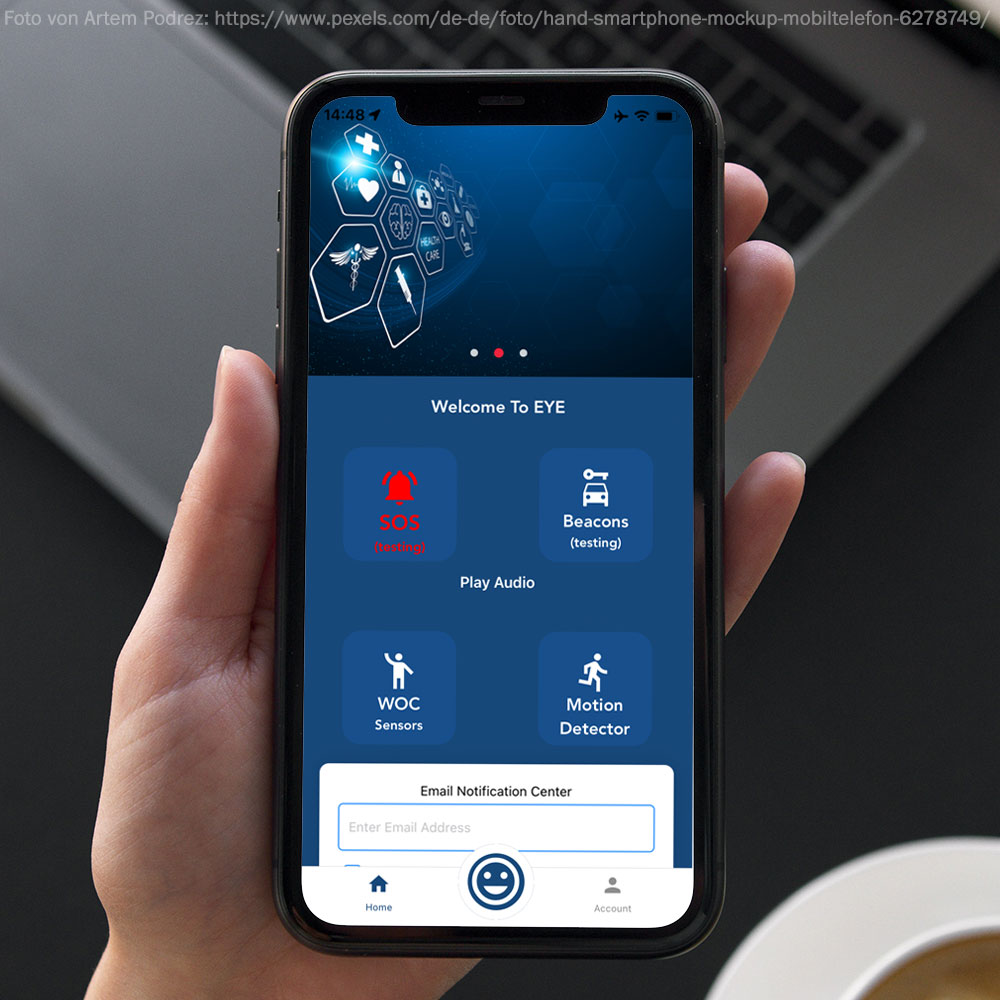
The OWOC PNA module combines all three reasons: It was originally designed according to the DIN VDE V 0825:11 2016 pre-standard and the DIN VDE V 0825:11 2021 draft, but was subsequently extended - without thereby diluting the requirements from the two aforementioned standards - to be able to take on additional protective functions.
In most cases, protection here means: Monitoring! However, monitoring does not have a good reputation at a time when data protection is more important than ever.
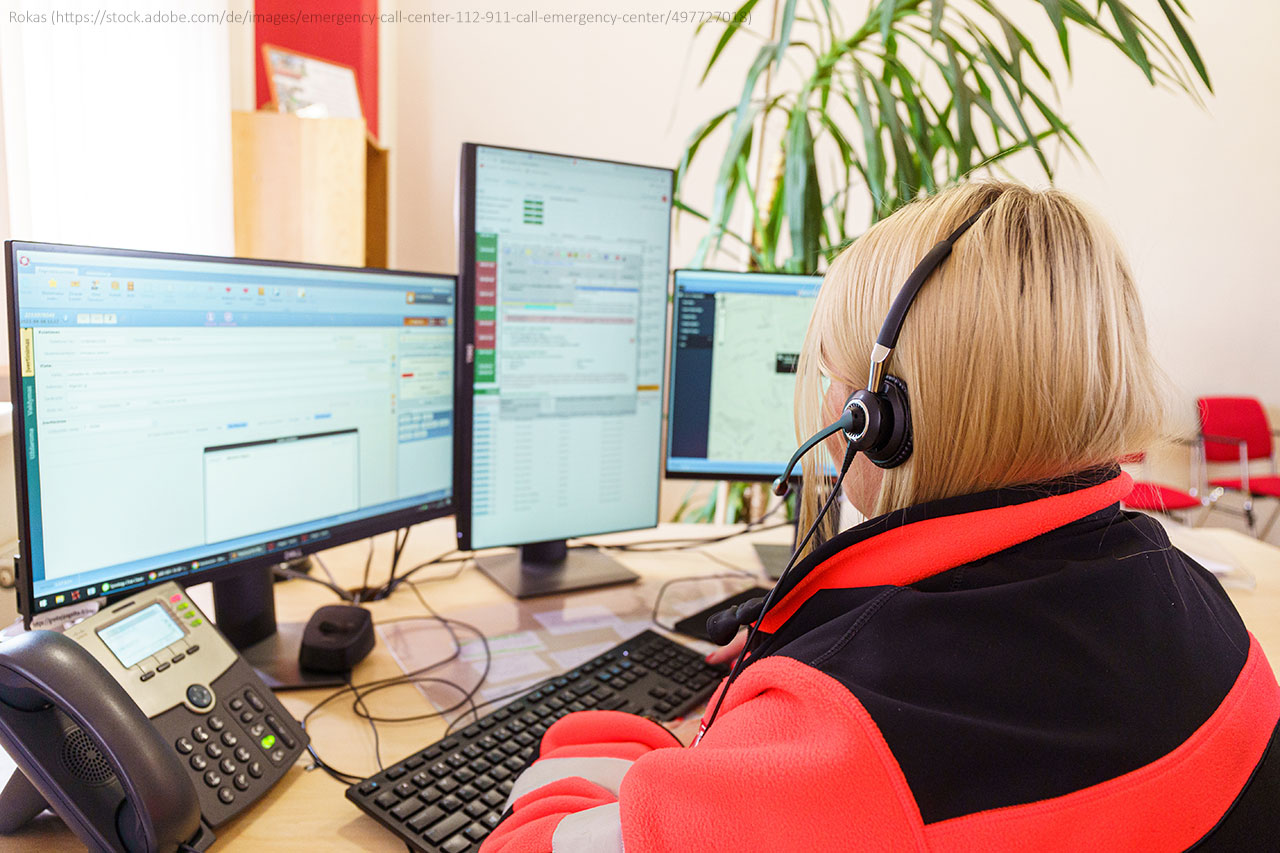
Therefore, OB//CC's PNA system EYE was designed according to the concepts of "privacy by design" and "privacy by default" and consistently developed based on these concepts.
The easiest way to explain this is by two examples. First: PNA systems can, within certain limits, record the position of a person in order to be able to call for help in an emergency.
In most cases, however, the positions are permanently recorded and are also permanently accessible *1 - OB//CC EYE takes a different approach here.
Either positions can be transmitted only in case of emergency, alternatively processes can be defined, which make the moving to certain positions (if necessary in a certain sequence) necessary.
In addition to geoposition, EYE can also detect the floor or height in an industrial plant, unlike many other systems. The work of a night watchman or an inspection walk in an industrial plant are classic examples here. OB//CC EYE records the complete completion of each task by recording the positions visited and, if necessary, their sequence (we call the concept a "digital punch key"), but when this task has been successfully completed, all the associated data is made unrecognizable and then deleted - because, as a rule, nothing more than the completion of the task has been agreed with the employee, so that with our approach many discussions with employees or employee representatives are eliminated from the outset.
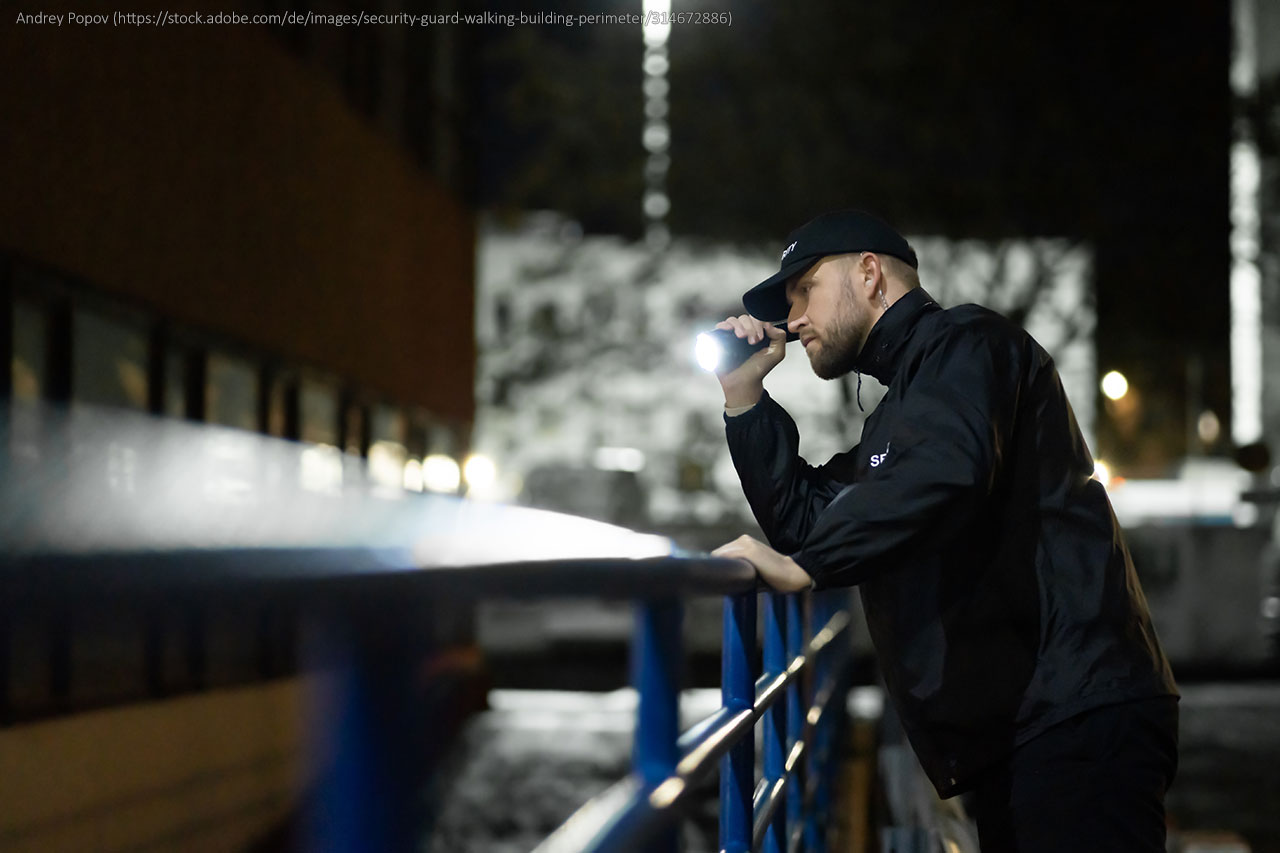
OB//CC EYE can do more than the standards require. Since we do not work according to 0825:1, but according to 0825:11, we can use modern techniques without special equipment. Robustness, as it is required in the working world, we achieve through suitable equipment, e.g. suitable covers and protective glasses, with which various end devices easily meet the requirements of the standards, in independent tests even exceed them by far. This allows OB//CC EYE to trigger not only the alarms, of which only the most important hazards in the respective operation must be covered to meet the standard.
These are e.g.
- Position alarm (not upright),
- Quiet alarm (no more movement detectable),
- Time alarm (no acknowledgement after time period X),
- loss alarm (an employee does not confirm the acknowledgement of his terminal device)
- escape alarm (when escaping from a fire, it is better to flee
it is enough if EYE triggers an alarm automatically and directly connected to the fire alarm system).
Of course, the alarm can also be triggered manually, using the classic "red button".
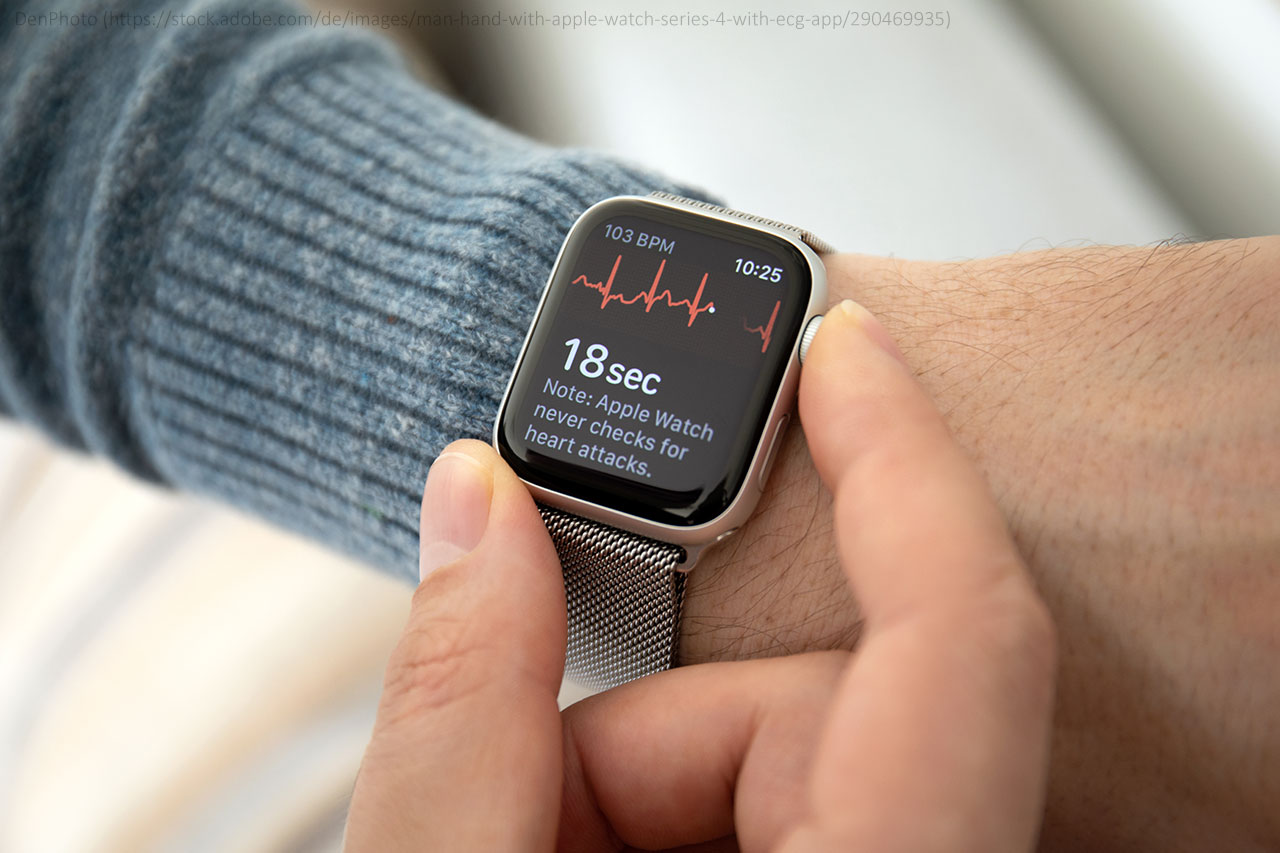
But as mentioned, EYE can do more: it can record the heartbeat, atrial fibrillation and signs of heart attacks, blood oxygen saturation, body temperature, and with the right accessories, values such as ambient temperature or breath alcohol.
All these values are only used if an alarm is necessary - but they are still available to the employee for his or her own health care if necessary. This can also be combined very successfully with an incentive program - your employees will thank you for it!
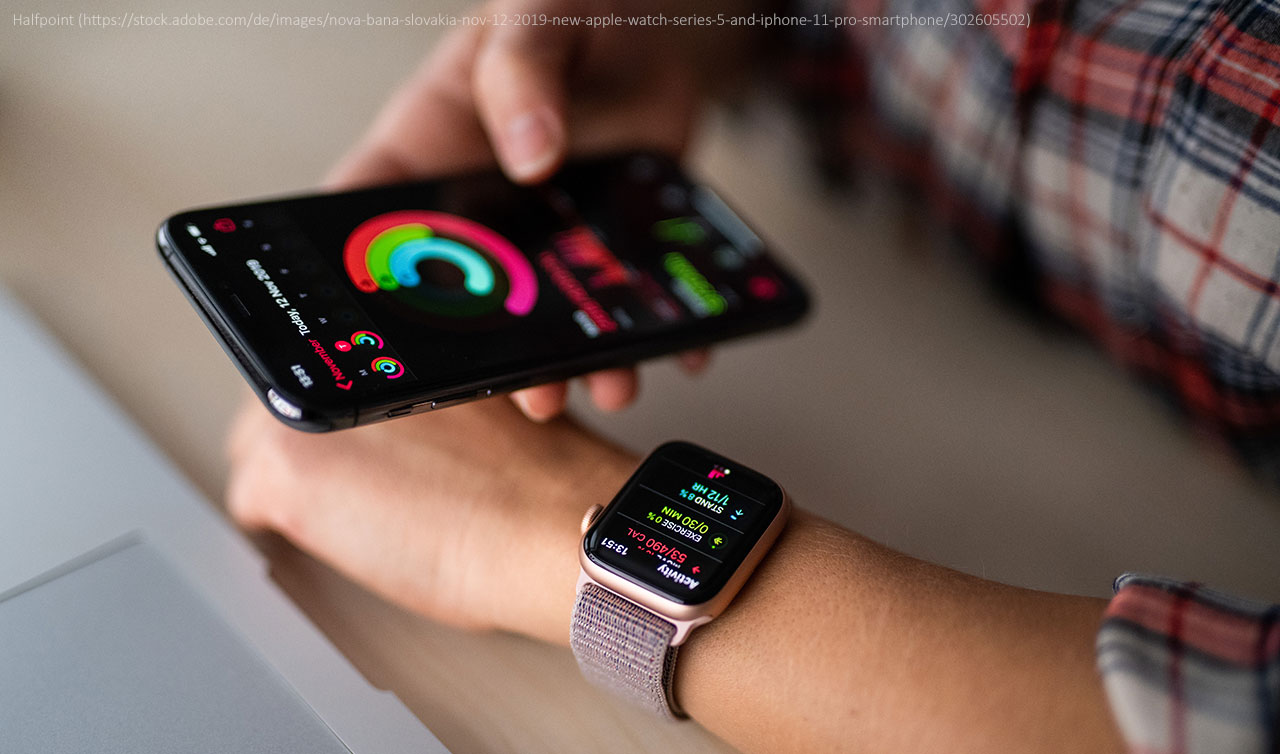
All other components and features of a PNA system are of course also present, fulfilled or even overfulfilled. Communication, for example, can easily be implemented redundantly, or even doubly redundantly if desired. In the event of an emergency, a voice connection to the receiving facility is automatically established - however, if desired, the rescue control center or one of our partner facilities, which can take care of the needs of your employees 24/7, can be contacted in parallel or instead. Here, too, data protection comes first - but in this case together with the employer's duty of care and the employee's health protection, so that if the worst comes to the worst, the answers to the five classic "W questions" can be provided automatically. These are passed on to the control center by telephone - at the push of a button, however, this information can also be replayed in a more comprehensive form and contain, for example, information about the situation prior to the emergency.
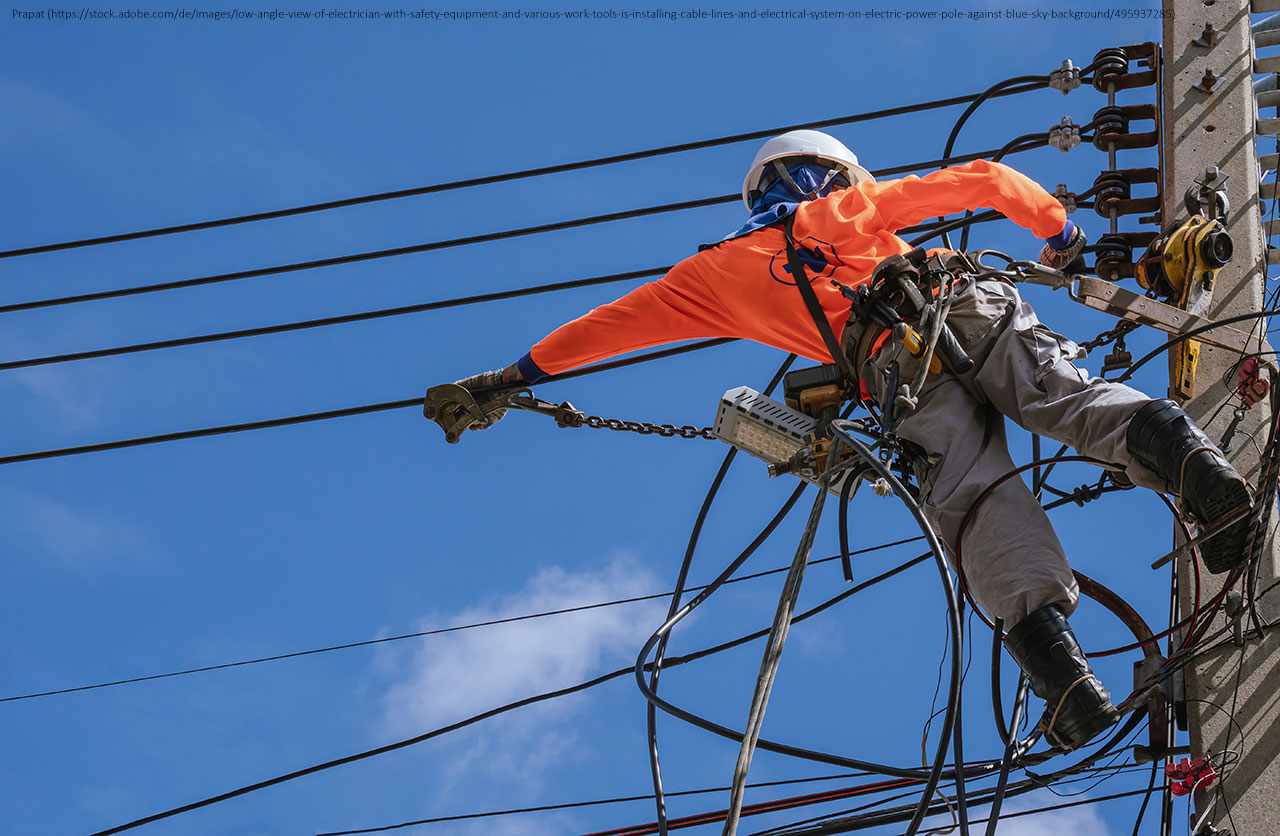
Also, a page with information about the case can be sent by mail or even fax, which even includes a QR code with a link to navigate directly to the emergency via Google Maps, including the floor plan of the location of the incident.
